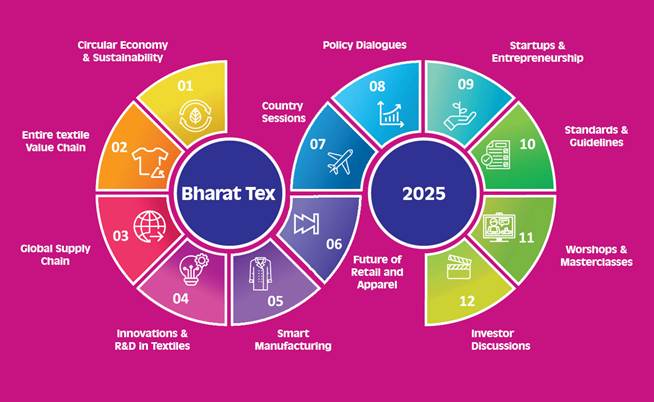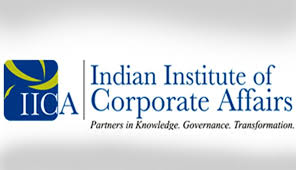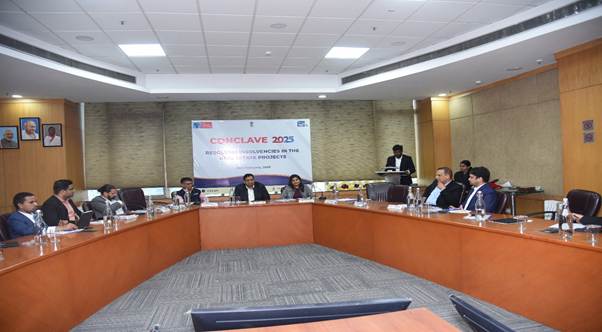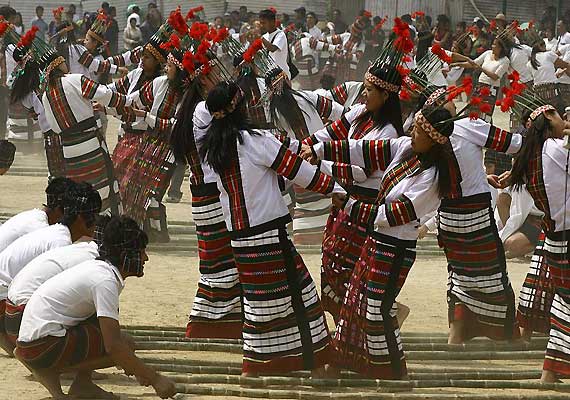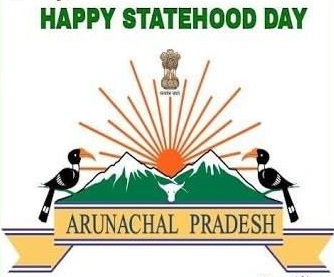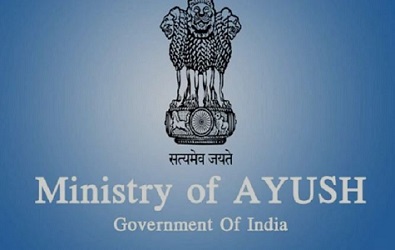Bharat Tex 2025, India’s largest global textile event, was successfully organized from February 14 to 17, 2025, at Bharat Mandapam, New Delhi. The event spanned 2.2 million square feet and featured over 5,000 exhibitors, providing a comprehensive showcase of India’s textile ecosystem. More than 1,20,000 trade visitors, from 120+ countries including global CEOs, policymakers, and industry leaders, attended the event.
Bharat Tex 2025 served as a platform to accelerate the government’s “Farm to Fibre, Fabric, Fashion, and Foreign Markets” vision. India’s textile exports have already reached ₹3 lakh crore, and the goal is to triple this to ₹9 lakh crore by 2030 by strengthening domestic manufacturing and expanding global reach. The event demonstrated India’s leadership in the textile sector and its commitment to innovation, sustainability, and global collaboration.
Defining Achievements of Bharat Tex 2025

India’s Textile Industry: A Key Driver of Economic Growth
India is the sixth-largest exporter of textiles globally, contributing 8.21% to the country’s total exports in 2023-24. The sector holds a 4.5% share in global trade, with the United States and European Union accounting for 47% of India’s textile and apparel exports.
From an employment perspective, the textile industry provides direct employment to over 45 million people and supports the livelihoods of over 100 million individuals indirectly, including a large proportion of women and rural workers. It aligns with key government initiatives such as Make in India, Skill India, Women Empowerment, and Rural Youth Employment, reinforcing its role in inclusive economic development.
The government’s focus on increasing textile manufacturing, modernizing infrastructure, fostering innovation, and upgrading technology has strengthened India’s position as a global textile hub. Bharat Tex 2025 provided a platform to showcase these advancements while promoting sustainable and high-value textile production.

Supportive Policy Framework
Vested by forward-thinking government initiatives, the Indian textile sector is set to spin a remarkable tale of innovation, fortitude, and economic flourishing in the years to come. With the support of proactive policies, the industry is primed to unleash creative potential, demonstrate resilience, drive economic growth etc.
1. Prime Minister Mega Integrated Textile Region and Apparel (PM MITRA) Parks Scheme Creating an Integrated Textiles Value Chain
7 mega textile parks with an expected investment of USD 10 Bn are being set up with world class infrastructure, plug and play facilities and an integrated ecosystem.
2. Production Linked Incentive (PLI) Scheme Boosting manufacturing of MMF fabrics, Apparel & Technical Textiles
Production Linked Incentive (PLI) Scheme with approved incentives of INR 10,683 crore (~USD 1 Bn) to promote production of MMF Apparel, MMF Fabrics and Products of Technical Textiles
3. Samarth Building Capacity, addressing skill gaps in the textile value chain
The scheme is a demand-driven and placement-oriented program across the textile value chain. In addition, various States have their own skilling/training support schemes.
4. National Technical Education, Training Promoting Technical Textiles – towards USD 300 Bn by 2047
National Mission to support and promote Research, Innovation and Development, Education Training, Skill development and Market Development in Technical Textiles
5. Liberal State Policies
Generous support & incentives by State Governments / Union Territories – Capital support, wage and skilling incentives, power and water support
To boost the textile industry, the Ministry of Textiles, in the 10th Empowered Programme Committee (EPC) meeting, approved four Start-Ups under the ‘Grant for Research & Entrepreneurship across Aspiring Innovators in Technical Textiles (GREAT)’ scheme, granting each INR 50 Lakhs for innovations in Medical, Industrial, and Protective Textiles. Additionally, three educational institutes, including IIT Indore and NIT Patna, received INR 6.5 Crores to introduce specialized courses in Geotextiles, Geosynthetics, and Sports Textiles, aiming to strengthen technical expertise in the sector. Further, 12 Skill Development Courses in Medical, Protective, Mobile, and Agriculture Textiles, developed by SITRA, NITRA, and SASMIRA, were approved to provide industry-focused training across the textile value chain.
Global Textiles redefined from India to the World
Bharat Tex 2025 is where India’s rich textile heritage meets modern innovation, setting the stage for global textile leadership. As the world’s youngest and largest global textile show, it’s a platform for forging partnerships and driving economic growth.
It serves as a premier platform for industry leaders, manufacturers, exporters, and innovators, bringing together key stakeholders from across the textile sector. The event facilitates collaboration among manufacturers, exporters, and importers, providing them with an opportunity to showcase their expertise, cutting-edge innovations, and latest collections to a global audience.

Focused Zones for Focused Business
Intelligent Manufacturing
Intelligent manufacturing is revolutionizing the textile industry by integrating advanced technologies and data-driven approaches to improve efficiency, quality, and innovation. This transformation leverages automation, artificial intelligence (AI), the Internet of Things (IoT), and advanced analytics to modernize traditional textile production processes.
Technical Textile
Technical textiles are revolutionizing the textile industry in India by offering innovative solutions across various sectors. These specialized fabrics are designed for specific performance attributes and applications, ranging from automotive and aerospace to healthcare and construction. With a growing emphasis on technology and research, India is positioning itself as a global leader in this field, leveraging its strong textile heritage and advanced manufacturing capabilities.
Home Textile
India’s home textile sector is known for its rich traditions and craftsmanship, with various regions specializing in unique textile techniques and patterns. Gujarat is renowned for its vibrant and intricate embroidery, while Kashmir is famous for its luxurious woollen shawls and rugs. This diversity reflects India’s extensive heritage and expertise in textile production.
Fabrics
India is one of the world’s largest producers and exporters of fabrics, catering to both domestic and international markets. The sector is characterized by a mix of large-scale industrial manufacturing and small-scale artisanal production, reflecting a vibrant tapestry of innovation and tradition. Major fabric hubs in the country include Gujarat, Tamil Nadu, Punjab, and West Bengal, each known for its unique textile specialties.
 Apparel & Fashion
Apparel & Fashion
In India, the apparel and fashion industry is a major economic driver, contributing significantly to GDP and employment. The country is renowned for its rich heritage in textiles and traditional craftsmanship, including intricate handloom fabrics, embroidery, and dyeing techniques. India’s apparel sector is characterized by a vibrant blend of traditional and contemporary styles, catering to diverse consumer preferences both domestically and internationally.
Handloom
India’s handloom sector is renowned for its variety of textiles, including intricate saris, shawls, scarves, and other woven items. Each region of India boasts distinct handloom traditions and techniques. For example, the Banarasi silk from Varanasi, the Kanjeevaram silk from Tamil Nadu, and the Jamdani from West Bengal are highly esteemed for their quality and craftsmanship. These textiles often feature elaborate patterns, vibrant colors, and traditional motifs, making them highly sought after both domestically and internationally.
Handicrafts & Carpets
The handicraft and carpets sector in India is a vibrant and culturally significant component of the country’s artisan economy, renowned for its rich heritage and exceptional craftsmanship. This sector encompasses a wide range of products, from intricate handcrafted textiles and decorative artifacts to exquisite hand-knotted carpets. Each region in India contributes its unique traditions and techniques, resulting in a diverse array of products that reflect the country’s artistic diversity.
A key attraction of the event was “Indie Haat,” held from February 12 to 18, 2025, at the National Crafts Museum and Hastkala Academy, New Delhi. It showcased over 80 different types of handcrafted and handwoven products, created by 85 artisans and weavers from various states. Indie Haat underscored India’s vast handloom and handicraft traditions, aligning with the government’s vision of promoting rural artisans.
Breathing Threads: Fashion Show at Bharat Tex 2025
The office of the Development Commissioner for Handlooms, Ministry of Textiles, Government of India organized a fashion event titled “Breathing Threads” to feel the pulse of craftsmanship, honour a living legacy, and witness the timeless elegance of Indian handlooms in modern silhouettes.
The beauty of handloom and the brand’s mission align with sustainability and a zero-waste strategy, reflecting the living habits of Indian villages. The event attracted international buyers and key stakeholders, reinforcing India’s potential in sustainable fashion and craftsmanship.

Bharat Tex 2024: A Landmark Event
Bharat Tex 2024 set the stage for India’s emergence as a global textile powerhouse, bringing together 3,500+ exhibitors, 3,000+ overseas buyers, and over 1,00,000 visitors from across the world. Covering an expansive 2 lakh sq. meters, Bharat Tex 2024 featured 50+ knowledge sessions, fostering discussions on global trade, innovation, and industry transformation.
The event played a pivotal role in reinforcing India’s position as a key player in the global textile supply chain. Its success laid a strong foundation for Bharat Tex 2025, which scaled new heights in exhibitor participation, international collaboration, and industry impact.
Weaving Tomorrow: India’s Textile Revolution
Embodied in a vibrant tapestry of timeless craftsmanship and pioneering innovation, the Indian textile industry stands at the threshold of a resplendent future. With each passing year, it continues to evolve—leveraging cutting-edge technology, embracing sustainability, and setting global trends.
As it forges ahead, the industry is not only preserving its rich heritage but also redefining excellence through research-driven advancements and digital integration. With a strong commitment to sustainability and a vision for global leadership, India’s textile sector is poised to shape the future of fashion, technical textiles, and intelligent manufacturing, reinforcing its position as a key driver of economic growth and innovation on the world stage.
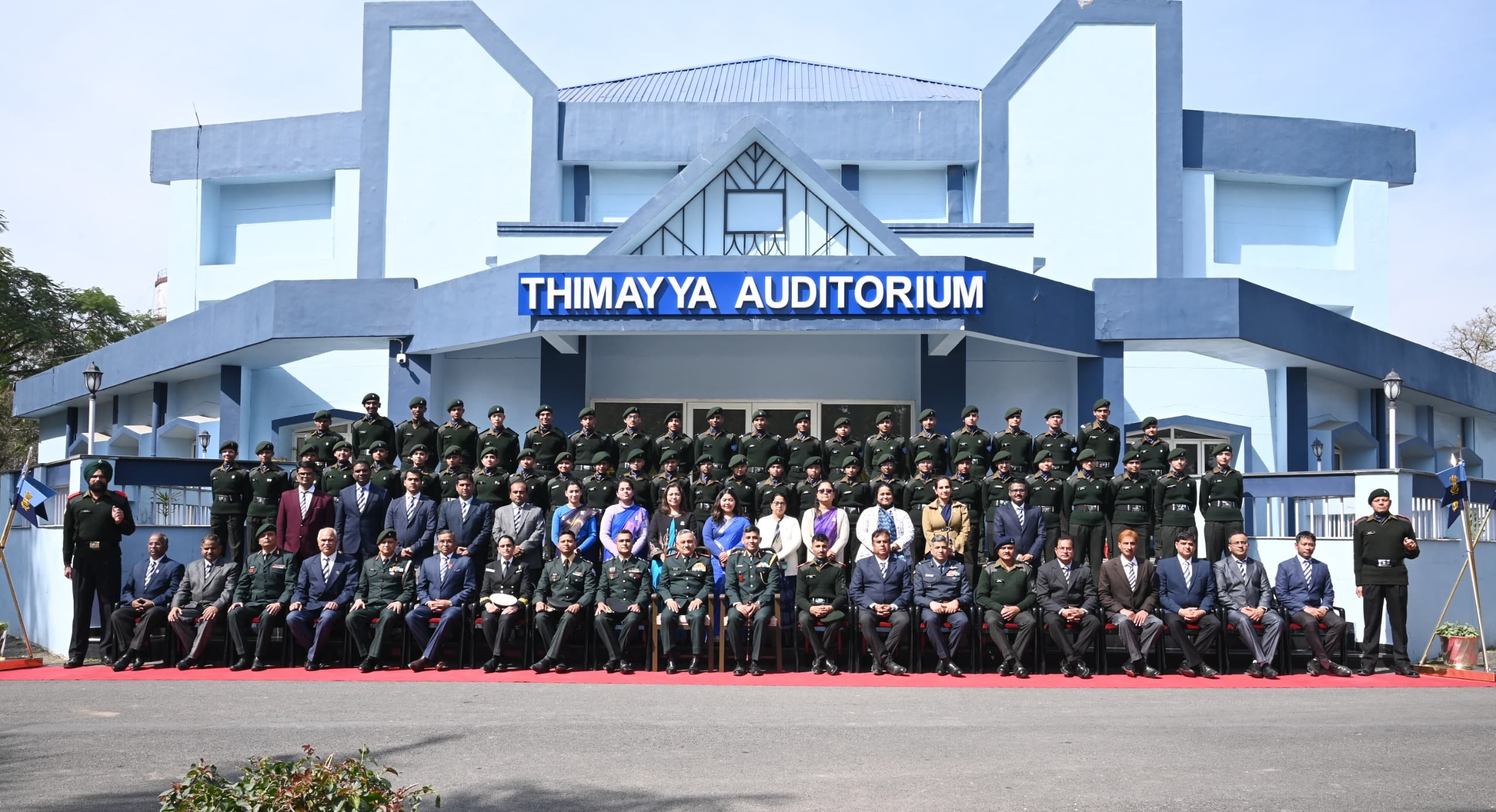


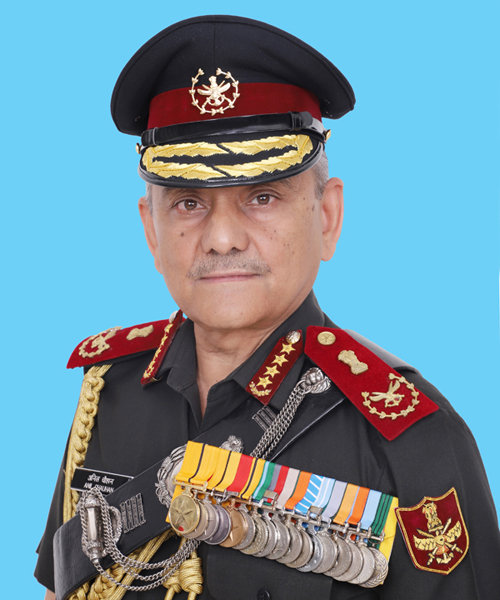
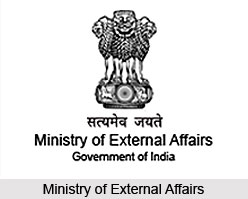
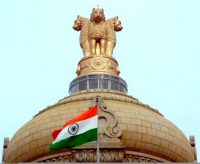
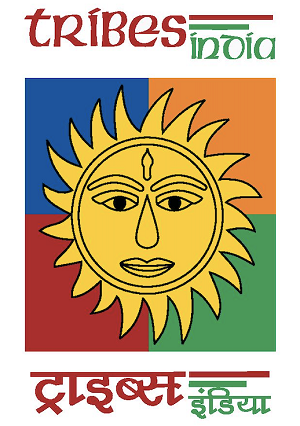
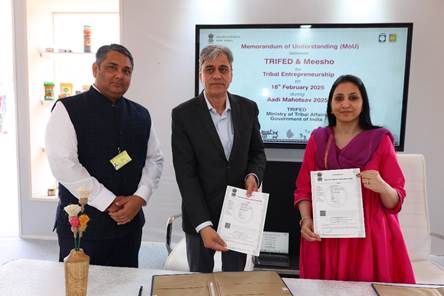
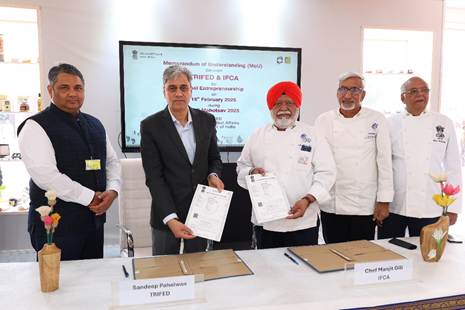

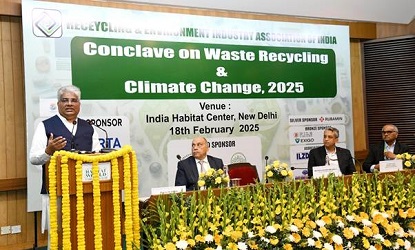
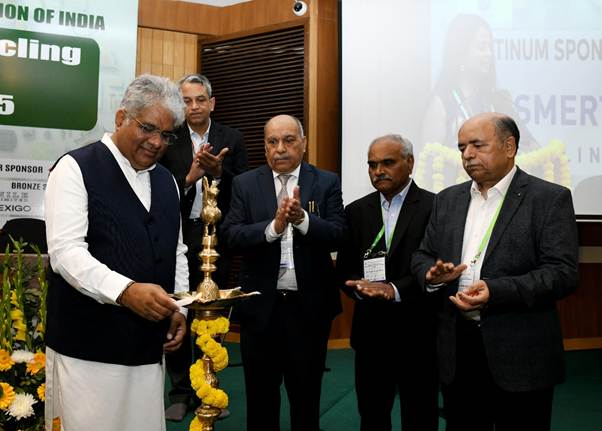
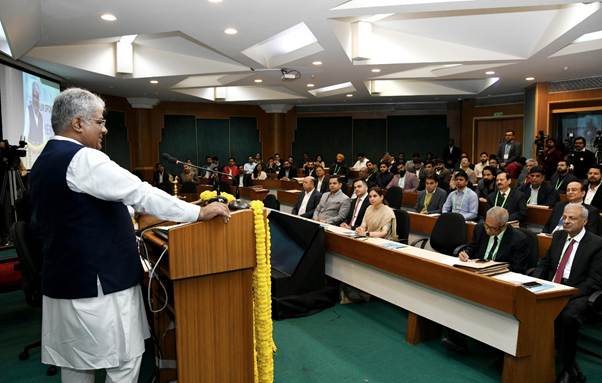


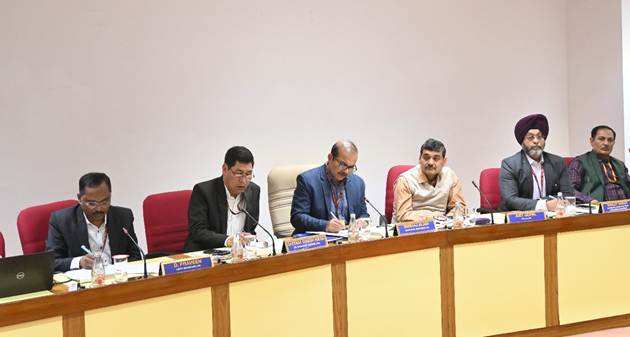
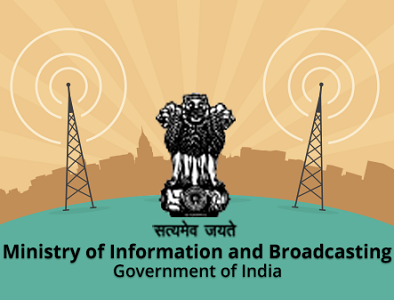
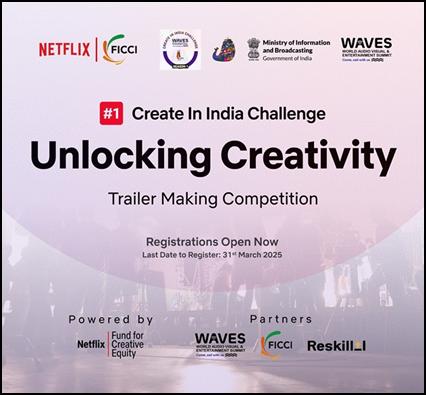
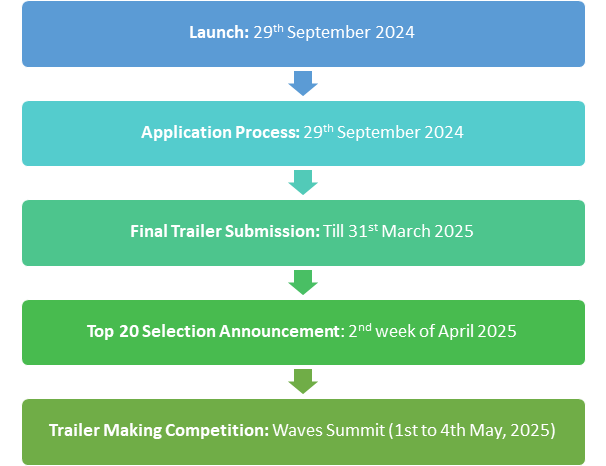
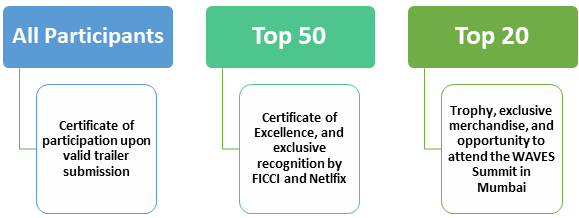
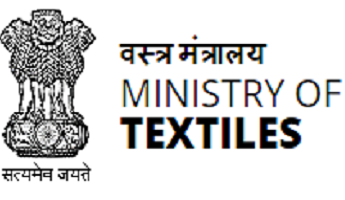

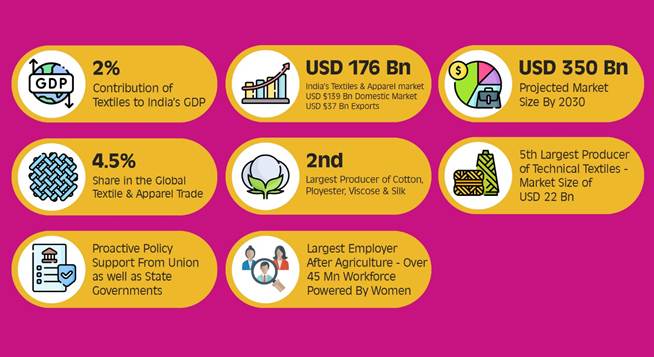

 Apparel & Fashion
Apparel & Fashion